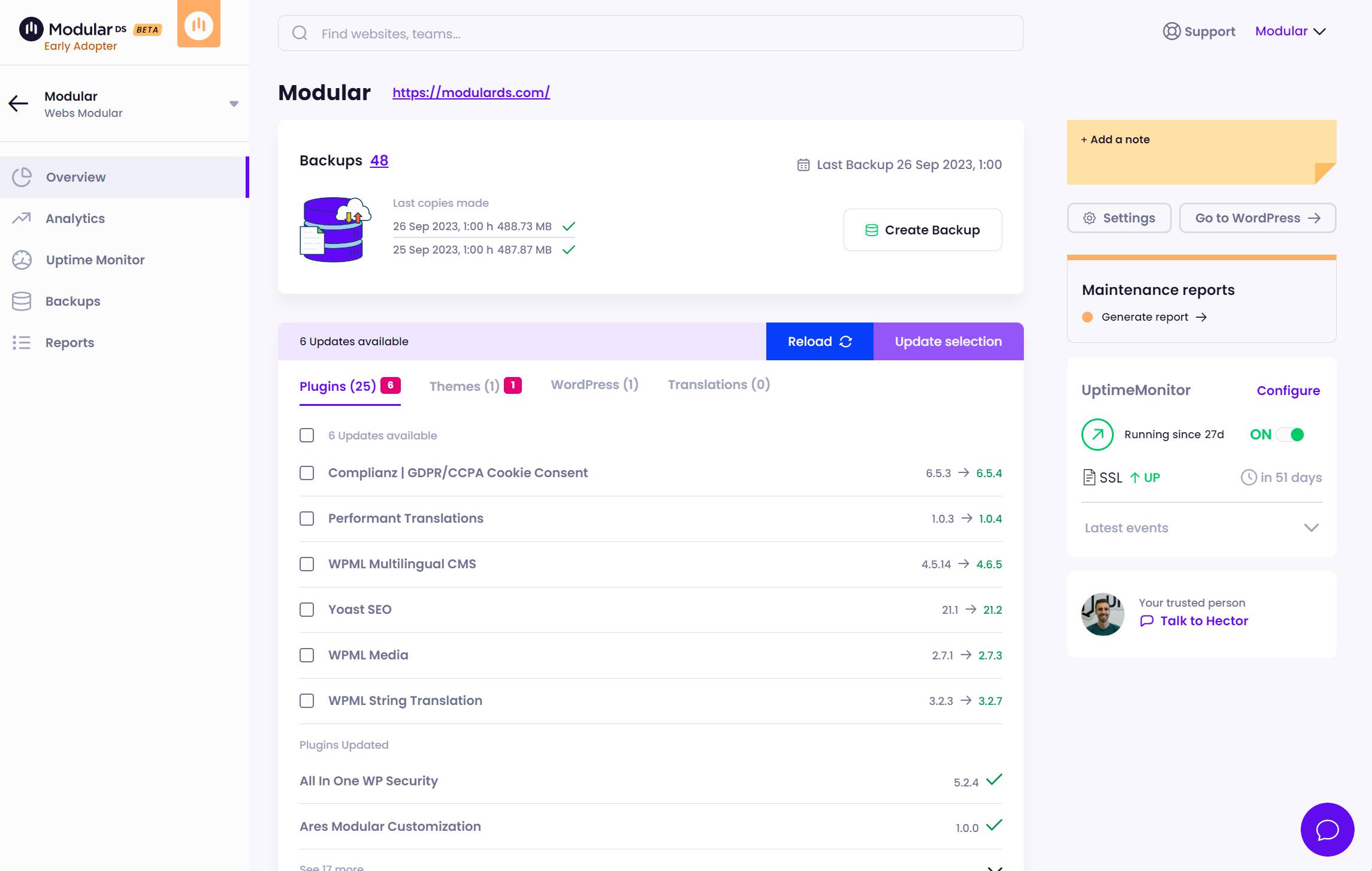All about Link Obfuscation for SEO

Link obfuscation is an SEO strategy used to hide or disguise the true destination of a link on a website. This technique can be useful in various situations, for example, when we want to prevent Google from crawling certain links on our website. Although it may seem like a confusing strategy, in this article, we will explain in detail how and when to use it.
Tabla de contenidos
What is link obfuscation?
Link obfuscation means hiding or disguising the true URL of a link. In other words, the URL is altered to make it not easily recognizable or traceable by search engines. This technique is used to optimize SEO, i.e., to improve the visibility of a website in search results.
Is it a technique penalized by Google?
As of today, it is NOT a technique penalized by Google (which is the most widely used search engine), but it should not be abused, and it should only be used when there is no other option (for example, URLs in the menu that are necessary for user experience but not for SEO).
Uses of obfuscation
Link obfuscation is an SEO technique that, although it should not be used in all circumstances, can be useful in certain situations. Here are some cases where it might be convenient to use it:
- Avoid “Link Juice” drain: “Link Juice” is the authority that is passed from one page to another through links. By obfuscating links to less important pages (such as terms and conditions or privacy policy), you can avoid this authority flowing to pages that don’t benefit your site’s ranking in searches.
- Optimize crawling budget: Search engines have a limited budget for crawling each site. If you have a large website, link obfuscation can help direct crawlers to the most important pages, thus optimizing your crawling budget usage.
- Design an optimal site architecture: Obfuscating links can be an effective way to guide search engines and users to the most relevant pages of your website, helping to design a site architecture that benefits your SEO.
Remember that nofollow internal links still pass authority, which is why this type of technique is used.

Obfuscating links with plugins
As with (almost) everything in WordPress, the easiest way to achieve this is with a plugin. In this case, the most commonly used plugin for link obfuscation in WordPress is Link Juice Optimizer by Fede Gómez.
With this plugin, you can obfuscate links in both your site’s menu and the content of pages, posts, and widgets within WordPress.
How to create an obfuscated link without plugins?
Creating an obfuscated link can vary depending on the platform you are using. However, the most common way to obfuscate a link is by using JavaScript or HTML code to hide the real URL of the link.
Step 1: Encode your URL
First, you need to decide which link you want to obfuscate. This will be the link you want to hide from your visitors or search engines. To encode it:
- Go to an online Base64 encoding site, such as https://www.base64encode.org/.
- Enter the URL you want to obfuscate in the text box.
- Click “Encode”.
- Copy the resulting encoded text.
Step 2: Add the script to your WordPress site
- Go to the Theme Customizer in your WordPress admin panel.
- Navigate to “Widgets”.
- Select the “Footer” option.
- Add a new “Custom HTML” widget.
- Paste the following code, replacing
'Your Base64 encoded URL goes here'with your Base64 encoded URL:
<script>
function redirect() {
var encodedURL = 'Your Base64 encoded URL goes here';
var decodedURL = atob(encodedURL);
window.location.href = decodedURL;
}
</script>
- Click “Publish” to save your changes.
Step 3: Create the obfuscated link in your blog post
- Go to the blog post where you want to include the obfuscated link.
- In the text editor, add the following HTML code:
<a href="#" onclick="redirect()">Click here</a>
This will create a link that, when clicked, executes the redirect() function, redirecting the user to the obfuscated URL. And that’s it! Now you have an obfuscated link in your WordPress blog post.
But remember, you should always use this technique ethically and responsibly.
SEO experiment on obfuscated links
There have been several experiments that have shown that obfuscated links can help improve the SEO of a website. For example, some websites have observed an increase in their ranking after obfuscating certain links. However, it is important to remember that link obfuscation should be used carefully and strategically, as excessive use can lead to Google penalties.
Conclusion
In conclusion, link obfuscation is an SEO technique that can be highly effective when used correctly. However, it is important to consider that not all pages or links should be obfuscated. Instead, you should carefully evaluate when and how to use this technique to achieve the best possible results in your SEO strategy.
If you’re interested in improving the ranking of your website in search engines, we recommend checking out our article on the 5 best SEO plugins for WordPress. In it, you’ll discover popular and effective plugins that will help you optimize your site’s SEO, from technical settings to content optimization.


